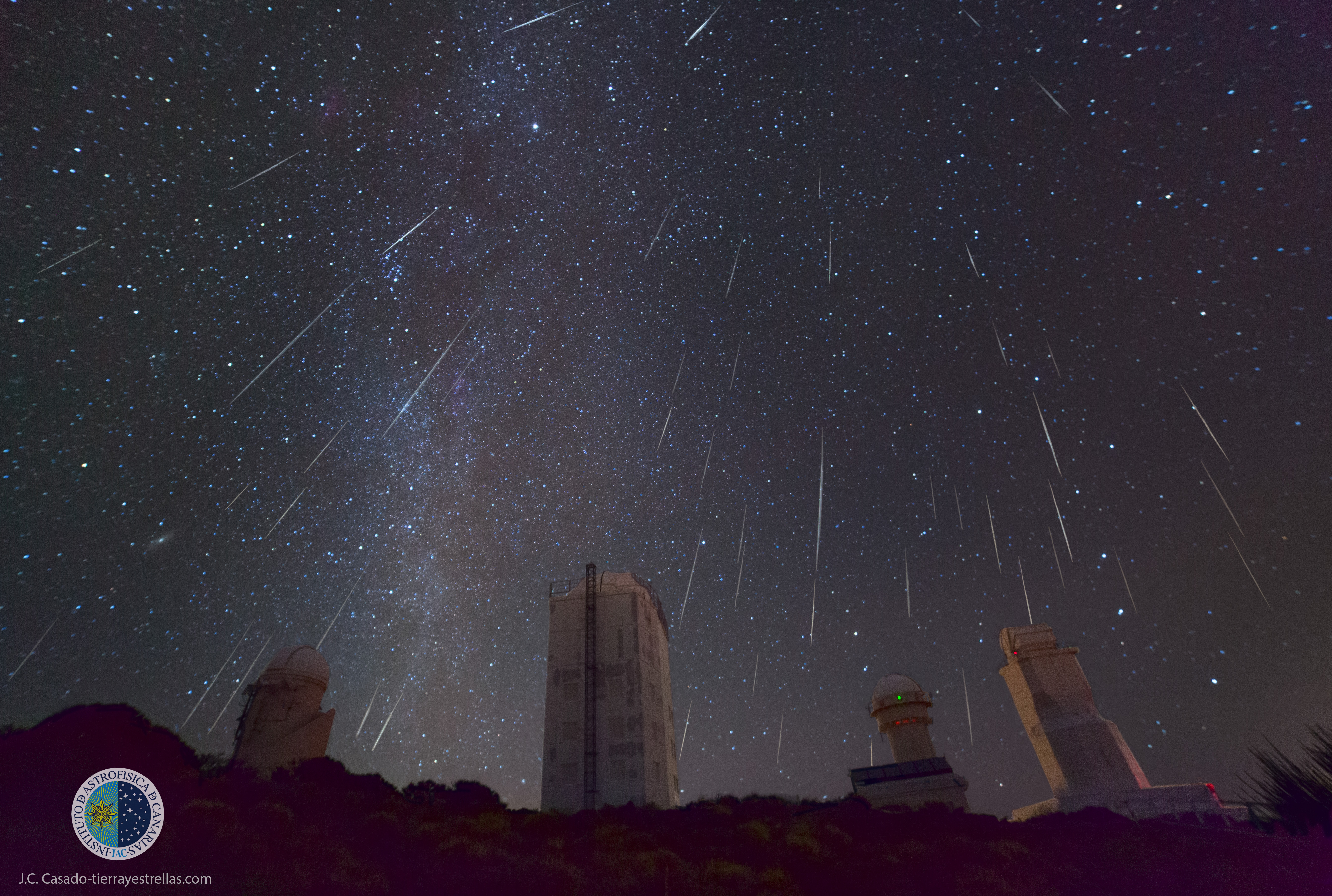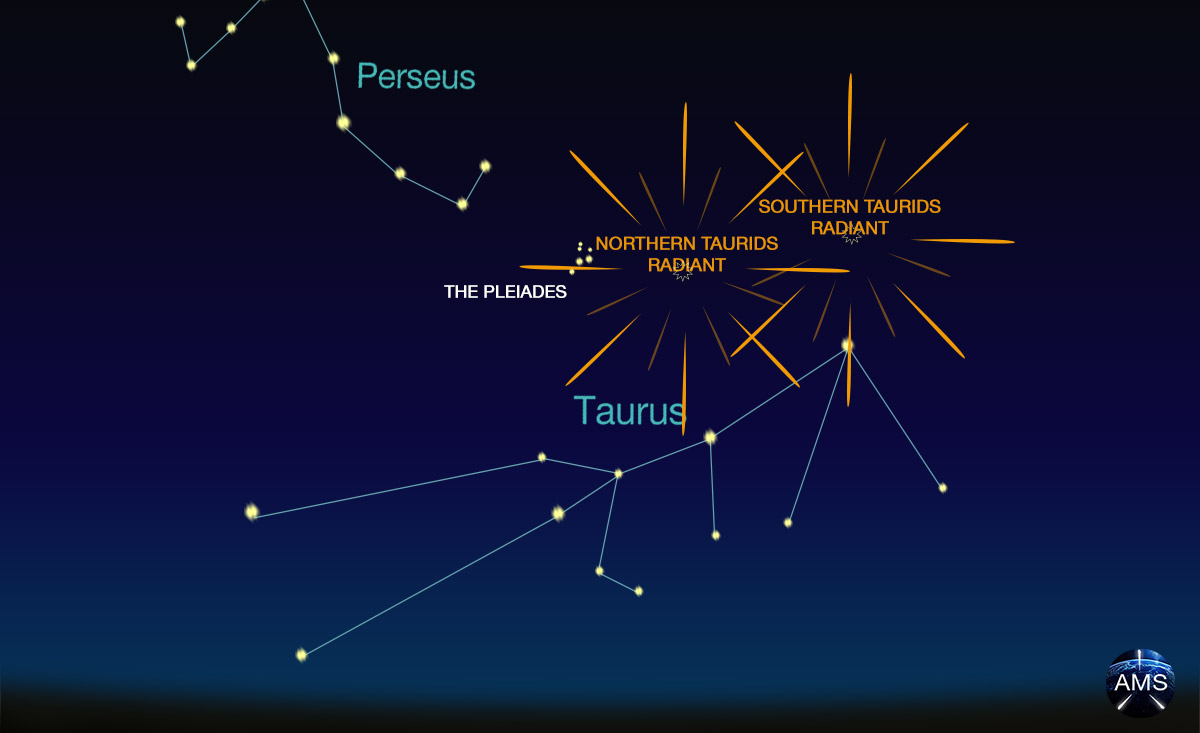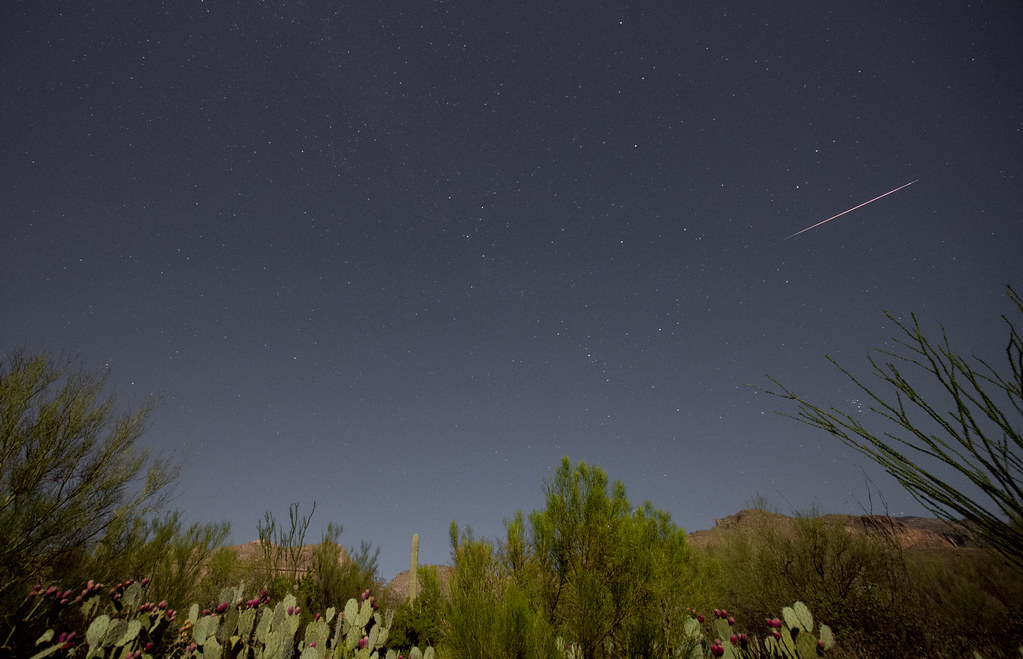
Meteor Activity Outlook for December 21-27, 2019
During this period the moon reaches its new phase on Thursday December 26th. At this time the moon will be located near the sun and will be invisible at night. This weekend the waning crescent moon will rise during the early morning hours but will not interfere with meteor observing as long as you keep it out of your field of view.
 American Meteor Society
American Meteor Society



















